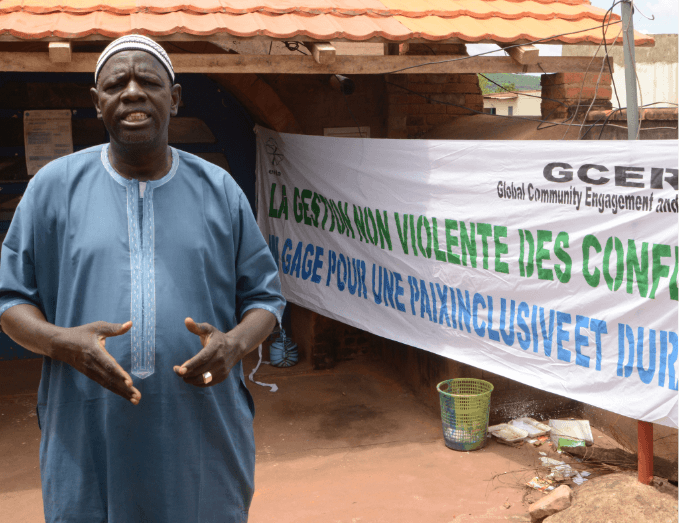Bangladesh
Shifts in recruitment tactics continue to present a challenge with recent violent extremist attacks perpetrated by educated, urban, middle class youth.
47
174
1.3m
483
$35.5m









These goals are based on those set forward in the 2030 Agenda for Sustainable
Development, adopted by all United Nations Member States in 2015




